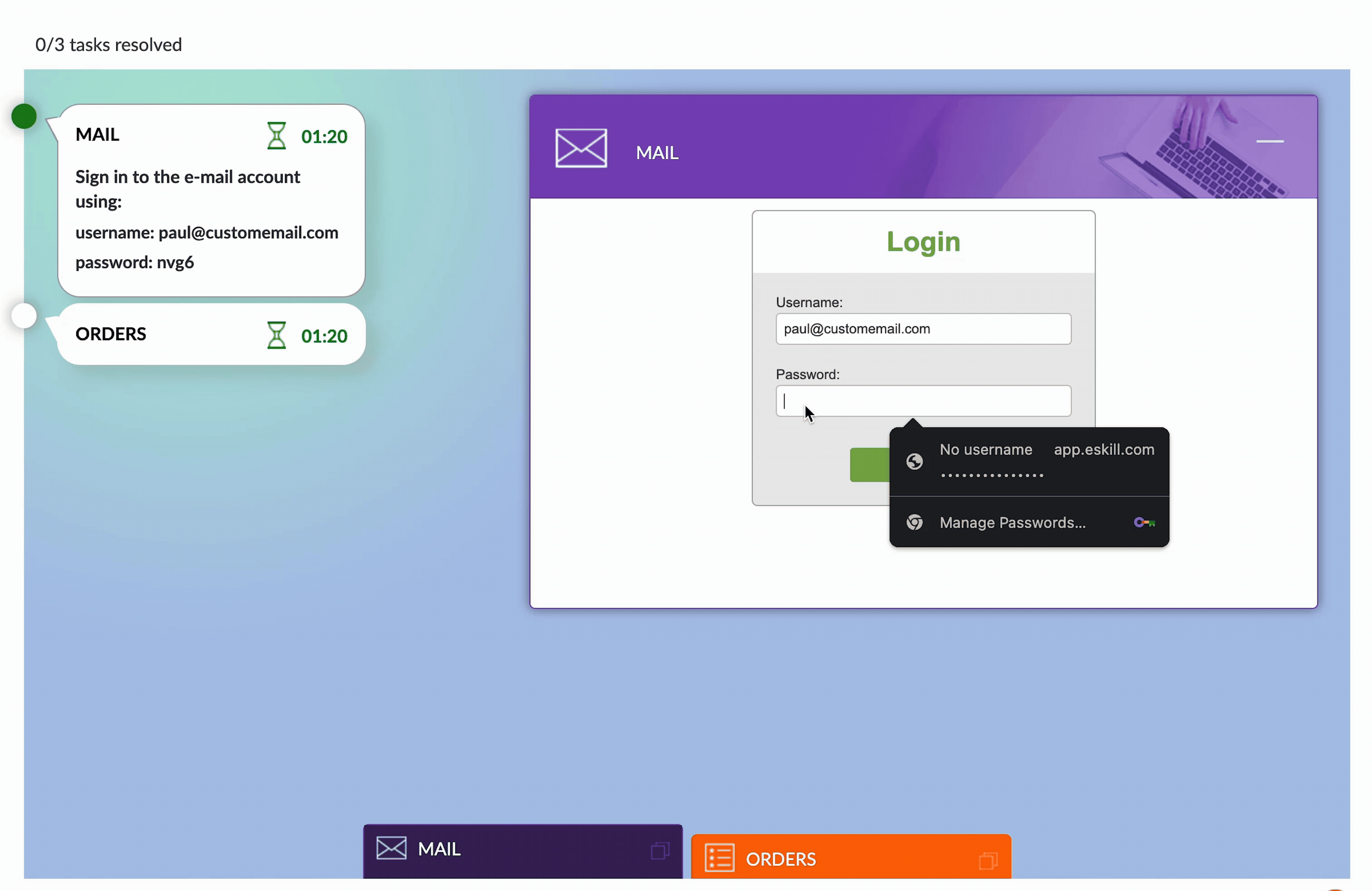Microsoft Excel® is the most popular computer application for business use. This is not surprising because virtually all employees must compile, manage, and store information.
Using spreadsheets allows employees to quickly organize data and create presentations that enable colleagues and stakeholders to understand it easily. Managers also use Excel to develop sales forecasts, financial reports, and inventories, which help management teams make decisions and achieve growth goals.
Thus, HR teams in all industries use basic Excel assessment tests to ensure candidates have good computer proficiency and strong data management skills.
What Skills Should You Measure with a Basic Excel Ability Test?
HR professionals use Excel ability tests to assess candidates’ knowledge and understanding of spreadsheets. Employees with basic Excel skills can set up, manage, and organize spreadsheets, enter data accurately, and format the data so it is easy to understand. These are five areas you should cover in a basic Excel assessment test:
- Data Entry and Formatting: Employees with basic Excel skills should know how to enter data into cells accurately and format it correctly. For example, if an employee is creating an accounting or sales forecasting report, they should know how to add decimal places, show numbers with and without currency signs, and use enhancements such as bold, italics, and colors.
- Data Navigation: Basic Excel users must know how to navigate data, add and delete rows and columns, and copy and paste data into cells. They should also know how to format documents such as financial reports and budgets and use data in original documents to build schedules in Excel.
- Set Up and Use Formulas: Staff with beginner Excel skills should know how to use basic math formulas to add, subtract, multiply, and divide values in selected cells. Other formulas they should know are Average (calculating the average of values they have inputted or selected), Max/Min: (find the maximum and minimum values in a selected range of cells), and Count: Determine the number of cells that contain numbers.
- Charts and Graphs: Many managers want team members who understand and know how to create charts and graphs. These are essential when reviewing data within your team or with management. By showing they can read graphs and charts, the employee demonstrates that they understand the importance of making data easy to understand and digest.
- Data Organization: Employees should understand how to sort through volumes of data and determine which items are relevant and which are not. This includes using filtering skills to organize data in ascending or descending order, sort in alphabetical order, or list in chronological order.
How Excel Ability Tests Help You Improve Hiring
Hiring the right people can help you meet your growth goals, but bad hiring decisions can cause you to lose ground in the marketplace. According to a McKinsey study, if an organization implemented a cross-functional project that would take three years to complete, the work would be completed in less than two years if they replaced 20% of the average performers on the team with top talent.
The following scenario shows how even one hiring mistake can disrupt operations and negatively affect productivity.
Kate, the HR manager for a transportation company, was hiring a data entry operator to work in the dispatching department. The person would be responsible for creating shipping orders, bills of lading, and customs documents.
The dispatching department was extremely busy. Kate was looking for candidates who were used to working in fast-paced environments with good Excel proficiency and fast, accurate typing skills.
She posted the job and received responses from many promising applicants. Dylan emerged as the top candidate because his resume indicated he had solid data entry skills and had worked in similar environments.
The dispatching supervisor, Daryl, interviewed Dylan and agreed he was the best choice. He called Dylan’s references, and everyone he spoke with gave him rave reviews. Daryl offered Dylan the job, and he accepted.
It was soon apparent that Dylan did not have the experience he listed on his resume. He made many mistakes and was lax about checking his work. His errors caused shipping delays and late deliveries, which created problems with vendors and customers.
He also made mistakes when preparing bills of lading and customs documents, which meant deliveries were stuck in freight terminals and customs warehouses until the company sent corrected documents.
Things boiled over when a key client complained about a late shipment. At that point, Daryl had no choice but to terminate Dylan.
This company did not use assessments and relied on resumes and interviews to make hiring decisions. Unfortunately, these traditional methods are not reliable because over 77% of applicants embellish their qualifications on their resumes and during interviews, as Dylan did.
If the company had required applicants to complete a basic Excel assessment test that covered Excel proficiency, typing speed and accuracy, attention to detail, and data checking, Dylan would not have been hired.
Get Started with Excel Ability Tests
If you are an HR professional, Excel ability tests will provide the measurable data you need to
evaluate candidates accurately, efficiently, and fairly.
Do you want to learn how basic Excel assessment tests can help you recruit top candidates and improve hiring across your organization? Contact us to request a demo.

Get ademo.






